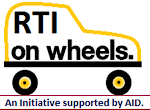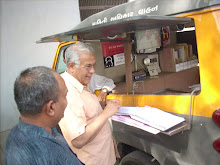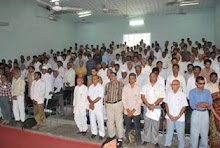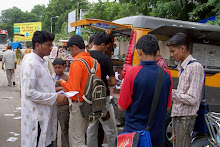The Hindu: New Delhi: Thursday,
January 26, 2017.
If you want
to know how political parties raise funds in the country, you will only get a
part of the answer. The known donors and sources of contributions to national
and regional parties account for less than a third of their total income. An
analysis by the Association for Democratic Reforms shows that 69% of funds and
contributions received by political parties from 2004-05 to 2014-05 came from
unknown sources. There cannot be a better case than this statistic for
demanding greater transparency in political funding. Going by income tax
returns and statements submitted to the Election Commission, six national and
51 recognised regional parties together had an income of Rs. 11,367.34 crore
during this period, but only Rs. 1,835.63 crore came from named donors, while
other declared sources such as sale of assets, bank interest, membership fee
and sale of publications accounted for Rs. 1,698.73 crore. This means a total
income of Rs. 7,832.98 crore came from unknown sources. Details submitted by
the Congress held that 83% of its income came from unknown sources and the BJP
said it raised 65% of its funds as anonymous contributions. The reason for
these startling numbers is that under the present income tax law, parties need
not disclose the names of those donating up to Rs. 20,000. To enjoy income tax
exemption, they need to maintain records only of those who donate sums above
this. This provision effectively gives parties the required cover to pass off
sizeable donations as small contributions from anonymous donors.
Political
parties in the legislature make far-reaching decisions, and their donors could
have a bearing on policy. In 2013, the Central Information Commission ruled
that political parties were covered under the Right to Information Act. It was
pointed out that they got tax exemptions, land allotments and free airtime on
state-owned media, in effect benefiting significantly from the exchequer. The
order, however, is yet to be accepted by parties. Bringing them under the ambit
of the RTI Act is definitely a step in the right direction. It would mean the
list of donors, regardless of size of contribution, is open to public scrutiny.
For this, parties would have to maintain records of small donors as well. State
funding, perhaps partial, of elections is another solution to reduce the
dependency on contributions, though the financial implications of this needs
careful consideration. A more practical mechanism is to have a regulatory
authority to receive authentic reports on political funding, scrutinise them
and put them in the public domain. Transparency in funding is essential to
ensuring clean, democratic governance.














































































